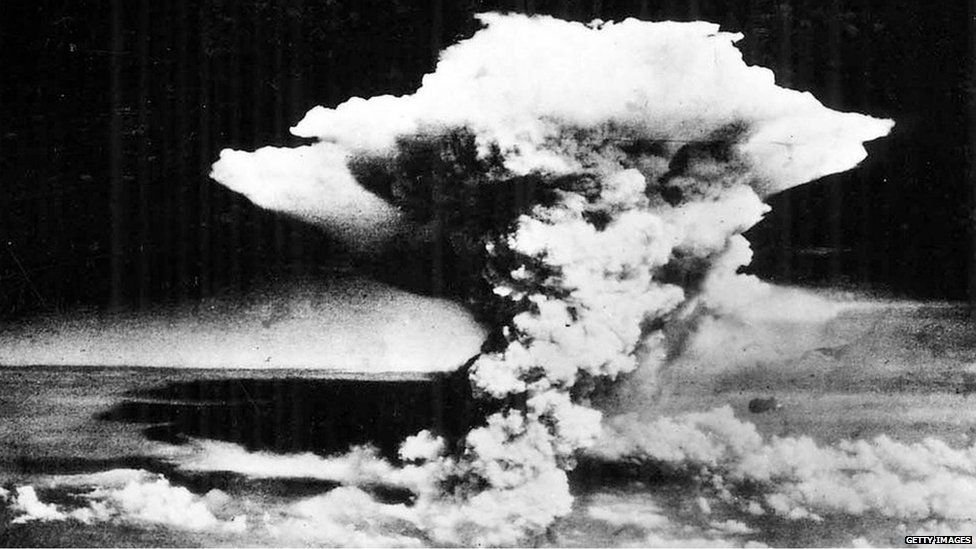Discovering Historical Insights: U.S. Department of Energy’s Official Listing of Nuclear Bomb Tests, Including Hiroshima and Nagasaki Bombings
Back in 1980, I reached out to the press office at the U.S. Department of Energy to request information on nuclear bomb test explosions. In response, the agency sent me an official booklet titled “Announced United States Nuclear Tests, July 1945 Through December 1979.” The booklet provided a comprehensive list of nuclear tests conducted during that period.
At the top of the list was the iconic Trinity test in New Mexico, which marked a significant milestone in nuclear history. Following closely, the Hiroshima bombing on August 6, 1945, was listed as the second event. The devastating Nagasaki bombing occurred just three days later, securing the third spot on the list.
These historical records shed light on the early stages of nuclear testing and their profound impact on world history. The information in the booklet offers a glimpse into the development and deployment of nuclear weapons during that crucial period.”
“The Controversy of Nuclear Bombings: Hiroshima and Nagasaki – Tests or More?
Reflecting back 35 years after the tragic bombings of Hiroshima and Nagasaki, the U.S. Department of Energy, responsible for nuclear weaponry, classified these events as “tests.” However, the classification later underwent changes, seemingly to address potential public relations concerns. By 1994, a revised edition of the document clarified that the bombings were not “tests” in the traditional sense, as they weren’t conducted to prove the functionality of the weapon or further weapon design.
Yet, historical accounts reveal that the atomic bombings were, in fact, tests on multiple levels. General Leslie Groves, the director of the Manhattan Project, acknowledged that choosing targets that were previously undamaged by air raids was crucial for accurately assessing the bomb’s effects. Additionally, using the first bomb on a sizeable target like Hiroshima helped confine the damage within, facilitating a more precise evaluation of the bomb’s power.
David H. Frisch, a physicist involved in the Manhattan Project, recalled the strategic intent to deploy the bomb where its effects could be both politically impactful and technically measurable.
Notably, after the Trinity bomb test using plutonium as its fission source in July 1945, the military proceeded to test both a uranium-fueled bomb on Hiroshima and a second plutonium bomb on Nagasaki in early August, aiming to gauge their effects on significant urban areas.
The historical context surrounding these bombings raises intriguing questions about their true nature and purpose, leaving room for continued exploration and analysis.”
“The Truth Unveiled: The Reality of Nuclear Policies and the Dangers We Face
The public discourse surrounding the nuclear era traces back to President Harry Truman’s statement announcing the atomic bombing of Hiroshima, which misleadingly referred to it as “an important Japanese Army base.” However, it was far from the truth. Hiroshima was a bustling city with a population of 350,000, and the bomb was aimed at its very heart, not its military headquarters. The devastating aftermath left approximately 125,000 dead, with the majority being women and children.
Three days later, Nagasaki faced a similar fate, falsely labeled as a “naval base,” while the death toll of military personnel was meager compared to the massive civilian casualties.
Since then, presidents have consistently used deceptive language to justify dangerous nuclear policies, risking global catastrophe. Recent years have seen a concerning rise in the normalization of discussions about using “tactical” nuclear weapons, further escalating the madness. The ruthless Russian invasion of Ukraine in 2022 exacerbated the nuclear war threat, but leaders in Washington have largely remained silent, refusing to acknowledge or address the growing dangers.
The Bulletin of the Atomic Scientists’ “Doomsday Clock” ominously ticked to 90 seconds to cataclysmic midnight, reflecting the gravity of the situation. Despite the escalating risks, nuclear weapons and the risks of nuclear war were conspicuously absent from President Biden’s State of the Union address following the invasion.
Both Russia and the U.S. have adopted strategic doctrines that leave open the option of first use of nuclear weapons, potentially leading to disastrous consequences in military conflicts.
The urgency of these issues was eloquently captured in Daniel Ellsberg’s crucial book “The Doomsday Machine.” The truth behind nuclear policies and the dangerous path we tread must not be overlooked or silenced. Awareness and genuine diplomacy are essential in mitigating the escalating nuclear risks our world faces.”
The Insanity of Nuclear Policies: A Call for Global Awareness and Compassion
In our discussions and analyses of historical and current nuclear policies, there is a glaring omission — the acknowledgment that these policies are undeniably insane and immoral. The sheer magnitude of their potential destructiveness and intentional murderousness defies calculation and comprehension. The disparity between the risked and planned destructiveness and the stated or unacknowledged objectives is staggering. Moreover, the covert pursuit of aims like damage limitation or achieving “victory” in a two-sided nuclear war is unrealistic and unattainable. These policies go beyond ordinary conceptions of law, justice, and crime, veering into criminality that defies reason.
Wisdom and compassion are absent from these discussions, replaced by sinfulness and evil. The consequences of nuclear actions have the power to reshape humanity’s future, making it crucial for us to unite in the pursuit of a humane and just world.
Albert Einstein echoed a similar message in 1947 when he warned about “the release of atomic energy.” He stressed the importance of transcending narrow nationalisms and emphasized that the only hope for control lies in the collective understanding and insistence of people worldwide.
This urgent call for global awareness and compassion is dedicated to all those striving for a human future. It is time for us to confront the harsh reality of nuclear policies and work collectively toward a safer, more compassionate world.



